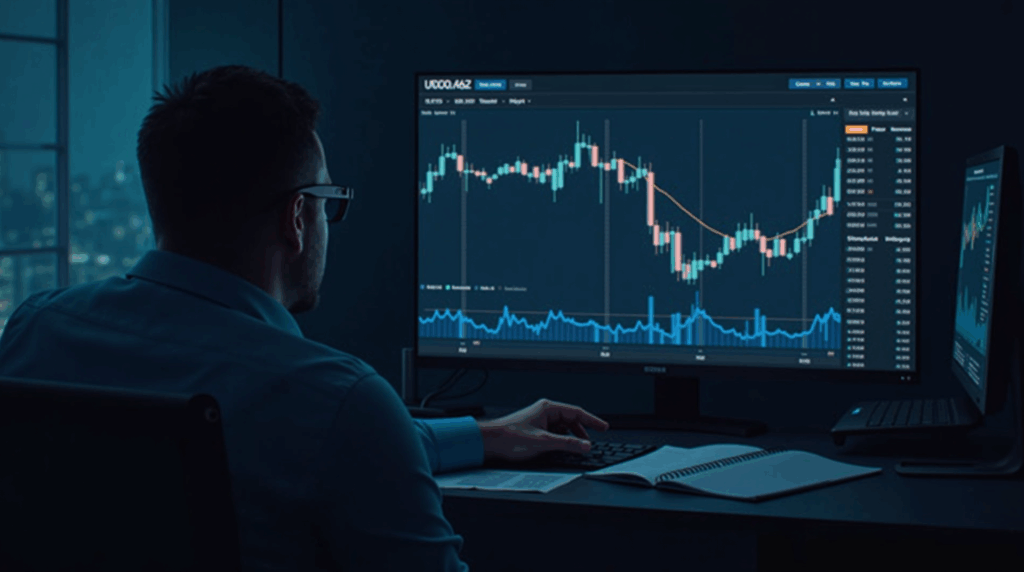Tether dominance (USDT.D), a crucial metric for gauging market sentiment, has reached a two-month high of 4.69%, sending a clear signal of caution among investors. This increase, visible in data from TradingView, suggests that traders are moving their capital into the stablecoin, which historically precedes greater bearish pressure on Bitcoin and the rest of the cryptocurrency market.
The mechanics of this indicator are fundamental to understanding the market’s pulse. A rise in Tether dominance means that traders are selling their risk assets and taking refuge in USDT, reflecting an attitude of risk aversion. Conversely, a drop in this metric usually indicates that capital is flowing back into Bitcoin and altcoins, fueling a bull cycle. The recent peak is a warning sign that analysts are watching closely.
This technical move is reinforced by fundamental factors that confirm the trend. The increase in USDT reserves on exchange platforms, along with positive net flows and a rise in the minting of new coins, points to a growing demand for the stablecoin. This accumulation of “dry powder” suggests that investors are bracing for volatility, although it could also become the fuel for a future rally if confidence returns.
The implications for the market are significant and have sparked a debate among experts. Market analyst Jason Pizzino has noted that a break above the 5% level would be the confirmation of a bearish trend that no bull wants to see. Although he remains hopeful for a downward correction for USDT.D, his warning underscores the importance of this threshold as a critical inflection point for the market’s direction in the short to medium term.
Technical Signal or False Alarm?
Despite the bearish technical signals, not all analyses are pessimistic. Max, founder of BecauseBitcoin, offers a more nuanced perspective, reminding us that technical analysis is not always infallible. He argues that while the negative correlation is clear, selling at this point might be premature, as the market could be close to bottoming out before an expected Q4 bull rally. The current discussion centers on whether this rise in USDT.D is the start of a broader correction or merely a bear trap before a new impulse. Therefore, this indicator, while vital, must be considered alongside other metrics for informed decision-making.

